How to Grow Jalapenos from Seeds: A Comprehensive Guide
Introduction
Jalapenos are one of the most popular chili peppers in the world, known for their moderate heat and versatile flavor. Growing your own jalapenos from seeds can be a rewarding experience, allowing you to enjoy fresh, homegrown peppers right from your garden. In this comprehensive guide, we’ll cover everything you need to know about how to grow jalapenos from seeds, from choosing the right seeds to harvesting and preserving your peppers.
Choosing the Right Jalapeño Seeds
The first step in learning how to grow jalapenos from seeds is selecting the right seeds. There are several varieties of jalapenos, each with its own unique flavor, heat level, and growing requirements. Some popular varieties include:
- Early Jalapeño: A fast-growing variety that matures early, ideal for regions with shorter growing seasons.
- Jalapeño M: Known for its larger size and slightly milder heat, this is the standard jalapeño variety found in most grocery stores.
- Purple Jalapeño: A visually striking variety that turns purple as it matures, adding color to your garden.
- Fresno Chili: Similar in size and shape to jalapenos but slightly sweeter, Fresno chilies can be a great alternative or addition to your garden.
When purchasing seeds, opt for organic, non-GMO varieties to ensure the healthiest plants and peppers. Seed packets typically contain detailed information about the variety, including days to maturity and optimal growing conditions.
Preparing to Plant Jalapeño Seeds
Before you can start planting, it’s essential to understand the ideal conditions for growing jalapenos. These peppers thrive in warm climates and need plenty of sunlight, so planning ahead is crucial.
- Soil: Jalapenos prefer well-draining soil with a pH level between 6.0 and 6.8. You can improve your soil by adding organic matter like compost or aged manure.
- Temperature: Jalapenos require a consistent temperature of 70-85°F (21-29°C) to germinate. If you live in a cooler climate, consider starting your seeds indoors and transplanting them outside once the weather warms up.
- Light: Jalapenos need at least 6-8 hours of sunlight each day. Choose a location in your garden that receives full sun, or if you’re growing indoors, place the seedlings near a sunny window or use grow lights.
How to Plant Jalapeño Seeds
Now that you’ve prepared your materials and chosen the right variety, it’s time to plant your jalapeño seeds. Follow these steps to ensure successful germination:
- Start Indoors: Since jalapenos need warm temperatures to germinate, it’s best to start your seeds indoors 8-10 weeks before the last expected frost date in your area.
- Sow the Seeds: Fill seed trays or small pots with seed-starting mix, which is lighter and drains better than regular potting soil. Sow the seeds about 1/4 inch deep, covering them lightly with soil.
- Watering: Water the seeds gently but thoroughly, keeping the soil consistently moist but not waterlogged. Using a spray bottle can help prevent disturbing the seeds.
- Cover and Warm: Cover the trays or pots with plastic wrap or a clear lid to create a greenhouse effect, which helps retain heat and moisture. Place them in a warm location with temperatures between 70-85°F (21-29°C). You can also use a seed heating mat if necessary.
- Germination: Jalapeño seeds typically germinate within 14-21 days. Once the seeds have sprouted, remove the cover and move the seedlings to a location with plenty of light.
Caring for Jalapeño Seedlings
Proper care during the seedling stage is crucial for growing healthy jalapeño plants. Here’s how to nurture your seedlings:
- Lighting: Ensure that your seedlings receive at least 14-16 hours of light each day. If natural sunlight is insufficient, use fluorescent or LED grow lights to supplement.
- Watering: Keep the soil consistently moist, but avoid overwatering, which can lead to root rot. Water from the bottom by placing the pots in a tray of water and allowing the soil to soak it up.
- Thinning: Once the seedlings develop their first set of true leaves, thin them out by snipping the weaker seedlings at the soil level, leaving the strongest plants to grow.
- Transplanting: When the seedlings have developed several sets of leaves and are about 2-3 inches tall, they’re ready to be transplanted into larger pots or directly into the garden. If planting outdoors, ensure that the risk of frost has passed and that the soil temperature is consistently above 60°F (16°C).
Transplanting Jalapeño Seedlings
Transplanting your jalapeño seedlings to their final location is a critical step in learning how to grow jalapenos from seeds. Whether you’re planting them in the garden or in containers, the process is similar.
- Harden Off: Before transplanting, gradually acclimate your seedlings to outdoor conditions by placing them outside for a few hours each day, gradually increasing the time over a week. This process is known as “hardening off.”
- Planting in the Garden: Choose a sunny location with well-draining soil. Space the plants 18-24 inches apart in rows that are about 2-3 feet apart. Dig a hole slightly larger than the seedling’s root ball, place the seedling in the hole, and gently firm the soil around it.
- Planting in Containers: If you’re growing jalapenos in containers, choose pots that are at least 12 inches in diameter with drainage holes. Use a high-quality potting mix and plant one seedling per pot.
- Watering: After transplanting, water the seedlings thoroughly to help them settle in. Keep the soil consistently moist but not waterlogged.
Caring for Jalapeño Plants
Now that your jalapeño plants are established, ongoing care is essential to ensure a bountiful harvest. Here are the key aspects of caring for your plants:
- Watering: Jalapenos need consistent moisture to thrive, especially during the flowering and fruiting stages. Water deeply and regularly, but avoid getting the leaves wet to prevent disease. Mulching around the plants can help retain moisture and reduce the need for frequent watering.
- Fertilizing: Fertilize your jalapeño plants every 3-4 weeks with a balanced fertilizer, such as a 10-10-10 blend. Alternatively, you can use organic options like compost or fish emulsion. Be cautious not to over-fertilize, as this can lead to excessive foliage growth at the expense of fruit production.
- Pruning: Prune your jalapeño plants by removing any yellow or damaged leaves to encourage healthy growth. You can also pinch off the first flowers that appear to encourage the plant to develop a stronger root system and produce more fruit later in the season.
- Support: As the plants grow and produce fruit, they may become top-heavy. Provide support by staking the plants or using a tomato cage to keep them upright and prevent the branches from breaking under the weight of the peppers.
Pests and Diseases to Watch For
Jalapenos, like all plants, are susceptible to certain pests and diseases. Here are some common issues to watch for and how to address them:
- Aphids: These tiny insects can suck the sap from your plants, causing curled leaves and stunted growth. Control aphids by spraying your plants with a strong jet of water, introducing beneficial insects like ladybugs, or using insecticidal soap.
- Whiteflies: These small, white insects feed on the underside of leaves and can weaken your plants. Use yellow sticky traps to monitor and control whitefly populations, or apply neem oil as a natural insecticide.
- Spider Mites: These microscopic pests can cause yellowing and speckling of the leaves. Control spider mites by increasing humidity around the plants and using insecticidal soap or horticultural oil if necessary.
- Fungal Diseases: Jalapenos can be susceptible to fungal diseases like powdery mildew and root rot, especially in humid conditions. Prevent these diseases by ensuring good air circulation, avoiding overhead watering, and applying fungicides if needed.
Harvesting Jalapenos
One of the most rewarding parts of learning how to grow jalapenos from seeds is harvesting the fruits of your labor. Knowing when and how to harvest your peppers will ensure you get the best flavor and heat.
- When to Harvest: Jalapenos are typically ready to harvest 70-85 days after transplanting. The peppers will be firm, glossy, and about 2-3 inches long. They can be harvested when they are green or left to ripen further on the plant, turning red or purple depending on the variety. Red jalapenos are often sweeter and have a slightly different flavor than green ones.
- How to Harvest: Use a sharp knife or scissors to cut the peppers from the plant, leaving a small portion of the stem attached. Avoid pulling the peppers off by hand, as this can damage the plant.
- Storing Jalapenos: Fresh jalapenos can be stored in the refrigerator for up to two weeks. For longer storage, consider freezing, pickling, or drying your peppers.
Saving Jalapeño Seeds for Future Planting
If you’ve successfully grown jalapenos from seeds and want to continue the tradition next year, you can save seeds from your current crop. Here’s how:
- Selecting Peppers: Choose fully mature peppers that are red or fully ripened on the plant. These peppers will have the best seeds for future planting.
- Extracting Seeds: Cut the pepper open and carefully remove the seeds. Place them in a bowl or on a paper towel and spread them out in a single layer.
- Drying Seeds: Allow the seeds to dry in a warm, well-ventilated area for about 1-2 weeks. Make sure they are completely dry to prevent mold growth during storage.
- Storing Seeds: Once the seeds are thoroughly dried, store them in an airtight container in a cool, dark place. Label the container with the variety and date to keep track of your seeds. Properly stored jalapeño seeds can remain viable for up to 3 years.
Common Challenges When Growing Jalapenos from Seeds
While growing jalapenos from seeds can be a straightforward process, some common challenges may arise. Understanding these potential issues can help you take proactive steps to ensure a successful crop.
- Poor Germination Rates: If your seeds fail to germinate, it could be due to old seeds, inadequate moisture, or incorrect temperatures. Always use fresh seeds and maintain a consistent temperature and moisture level during the germination period.
- Slow Growth: Jalapeño seedlings may grow slowly if they lack sufficient light, warmth, or nutrients. Ensure your seedlings receive plenty of light and maintain a warm environment. If necessary, fertilize with a balanced, water-soluble fertilizer to encourage growth.
- Blossom Drop: This occurs when flowers fall off the plant without setting fruit. Blossom drop can be caused by extreme temperatures, either too hot or too cold, or inconsistent watering. Ensure your plants are in the optimal temperature range and water consistently to avoid this issue.
- Small or Misshapen Peppers: If your jalapenos are small or misshapen, it could be due to poor pollination, nutrient deficiencies, or environmental stress. Ensure your plants are getting enough water and nutrients, and consider hand-pollinating flowers if pollinator activity is low.
Companion Planting for Jalapenos
Companion planting is a gardening technique where certain plants are grown together to benefit each other. When learning how to grow jalapenos from seeds, consider companion planting to improve the health and yield of your peppers.
- Best Companions: Some of the best companion plants for jalapenos include basil, tomatoes, carrots, onions, and marigolds. These plants can help deter pests, improve pollination, and enhance the flavor of your peppers.
- Plants to Avoid: Avoid planting jalapenos near brassicas (like cabbage and broccoli) or fennel, as these plants can inhibit the growth of your peppers.
Utilizing Your Jalapeño Harvest
After successfully growing jalapenos from seeds, you’ll likely have an abundant harvest to enjoy. Here are some popular ways to use your homegrown jalapenos:
- Fresh Use: Add fresh jalapenos to salads, salsas, and guacamole for a spicy kick. They’re also great for topping tacos, burgers, and pizzas.
- Pickling: Pickled jalapenos are a delicious and versatile condiment. Simply slice the peppers and immerse them in a vinegar brine with garlic and spices.
- Drying: Dry your jalapenos to make your own chili powder or crushed red pepper flakes. You can dry them in a dehydrator or by stringing them up in a warm, dry place.
- Smoking: Smoked jalapenos, known as chipotles, add a deep, smoky flavor to dishes. You can smoke them at home using a smoker or grill.
- Freezing: Freeze whole or sliced jalapenos for later use. They’ll lose some of their crispness when thawed, but will still be great for cooking.
Troubleshooting Common Jalapeño Problems
Even experienced gardeners may encounter issues when growing jalapenos from seeds. Here are some troubleshooting tips for common problems:
- Yellowing Leaves: Yellow leaves can indicate a nutrient deficiency, overwatering, or poor drainage. Test your soil and adjust your watering schedule as needed.
- Wilting Plants: If your plants are wilting, it could be due to underwatering, overwatering, or root-bound plants. Check the moisture level of the soil and ensure your pots or garden beds have proper drainage.
- Sunscald: Sunscald occurs when peppers are exposed to too much direct sunlight, causing white, sunken spots on the fruit. To prevent this, provide some shade during the hottest part of the day or use row covers.
The Joy of Growing Jalapenos from Seeds
Growing jalapenos from seeds is a fulfilling and enjoyable experience for both novice and experienced gardeners. From the excitement of seeing the first sprouts emerge to the satisfaction of harvesting ripe peppers, the journey is filled with rewards. By following the steps outlined in this guide, you can successfully grow your own jalapenos and enjoy fresh, flavorful peppers all season long.
Whether you’re a home gardener looking to add some spice to your meals or a hobbyist interested in the process of growing your own food, learning how to grow jalapenos from seeds is a skill worth cultivating. With patience, care, and attention to detail, you’ll be able to enjoy the fruits of your labor and perhaps even inspire others to start their own gardening journey.
Conclusion
In conclusion, how to grow jalapenos from seeds is a rewarding and manageable task that can provide you with an abundant supply of fresh, flavorful peppers. By choosing the right seeds, preparing your planting area, and providing consistent care throughout the growing season, you can ensure a successful harvest. Remember to watch for common pests and diseases, and consider companion planting to enhance the health of your plants.
With the knowledge gained from this guide on how to grow jalapenos from seeds, you’re well-equipped to start your gardening adventure. Whether you’re growing jalapenos for the first time or looking to improve your techniques, the satisfaction of harvesting your own peppers is well worth the effort. Enjoy the process, and happy gardening!


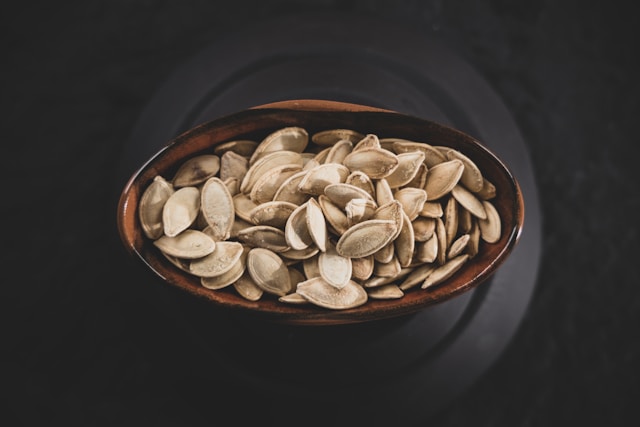
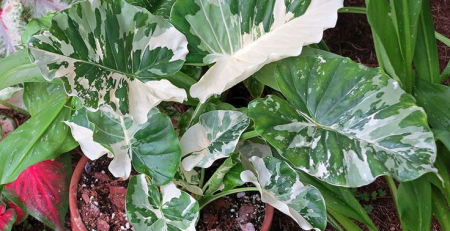

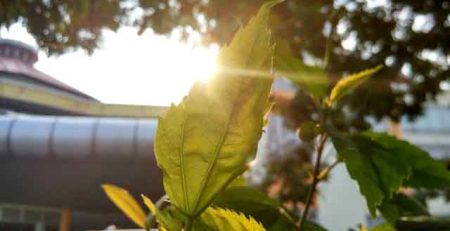
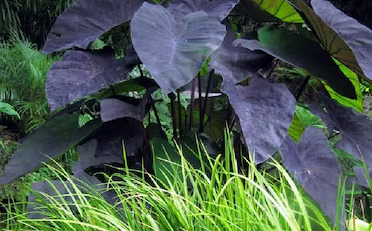
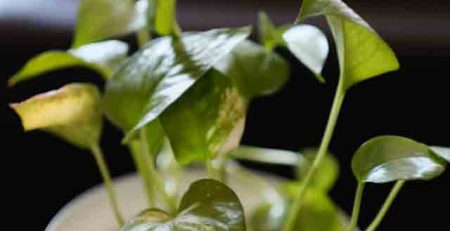
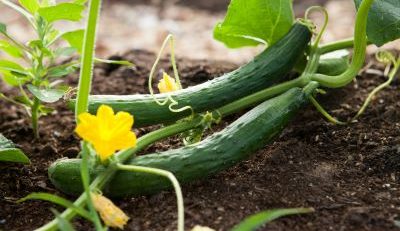
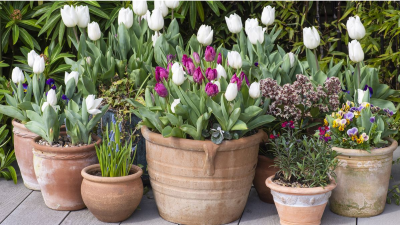
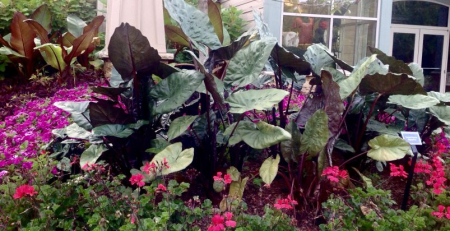
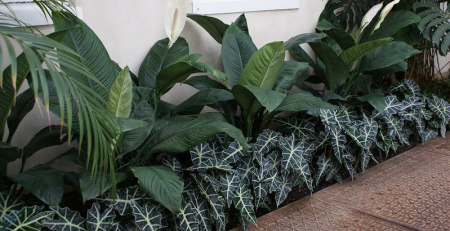
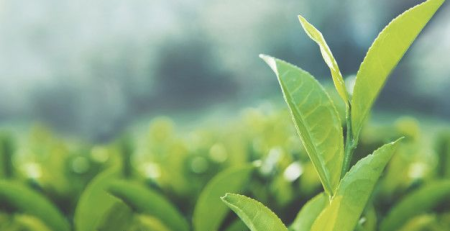
Leave a Reply